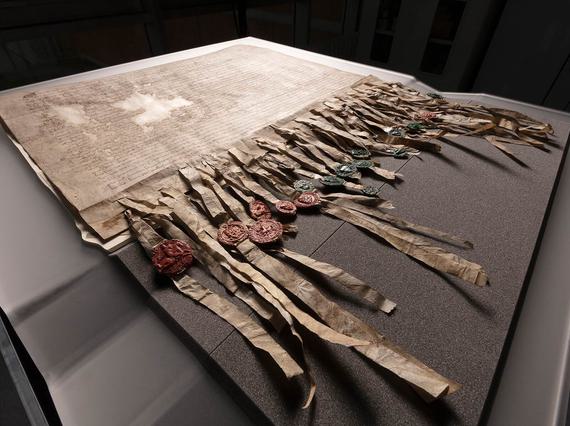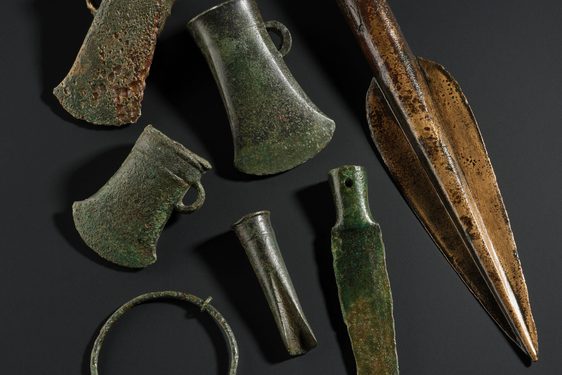
About The Declaration of Arbroath
The Declaration of Arbroath is a letter dated 6 April 1320 written by the barons and freeholders of the Kingdom of Scotland to Pope John XXII. The letter asked the pope to recognise Scotland's independence and acknowledge Robert the Bruce as the country's lawful king.
Despite the Scots' success at the Battle of Bannockburn, Robert I had not been recognised as king by either King Edward II of England or the Pope. At the time, the Pope desired peace between England and Scotland so that both kingdoms could help in a crusade to the Holy Land. The Declaration sought to influence him by offering the possibility of support from the Scots for his long-desired crusade if they no longer had to fear English invasion.
Written in Latin, it was sealed by eight earls and about 40 barons. It was authenticated by seals, as documents at that time were not signed. Only 19 seals now remain.
The surviving Declaration is a medieval copy of the letter, the original having been dispatched to the pope in Avignon. It is cared for by National Records of Scotland and is so fragile that it can only be displayed occasionally in order to ensure its long-term preservation.
Read a full transcription from The National Records of Scotland.
In partnership with
You might also like
- Discover

The Torran Hoard: A Bronze Age discovery
Dr Matthew Knight, Senior Curator in Early Prehistory, uncovers how a missing ferret led to a big discovery.It was spring time in 1881 and Mr Thomas Orr Richmond had lost his ferret. In searching for it, he uncovered two bronze weapons and…Keep reading - Discover

Scotland and the Caribbean: Contemporary Collecting
Written by Lisa WilliamsThis tea set is decorated with a logo in gold, which fuses together images of a sailing ship and a book. This is the logo of The Empire Café, a space dedicated to discussing Scotland’s links with transatlantic slavery during the 2014…Keep reading - Discover

The controversial letters associated with the Mary, Queen of Scots Casket
The Mary, Queen of Scots Casket is one of Scotland’s most cherished treasures, thanks to its long-standing association with the controversial queen.Keep reading
